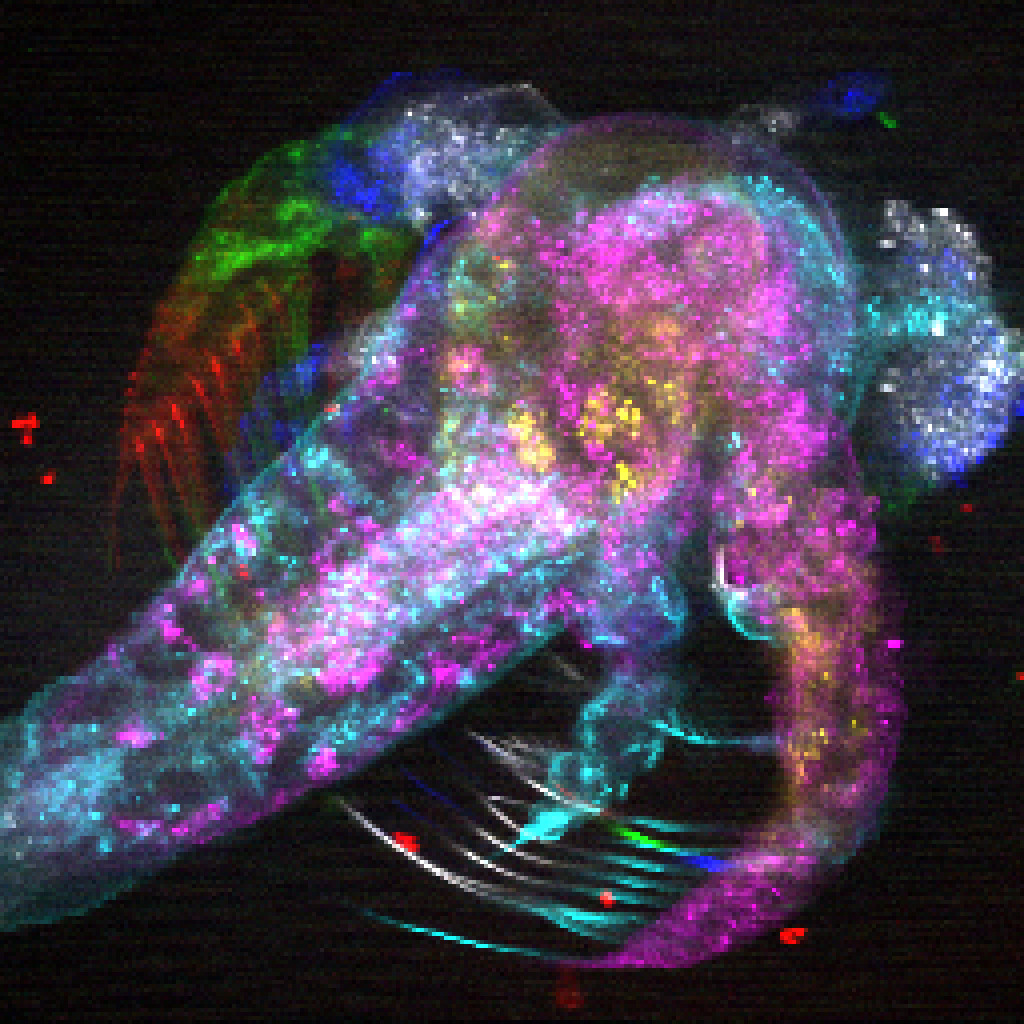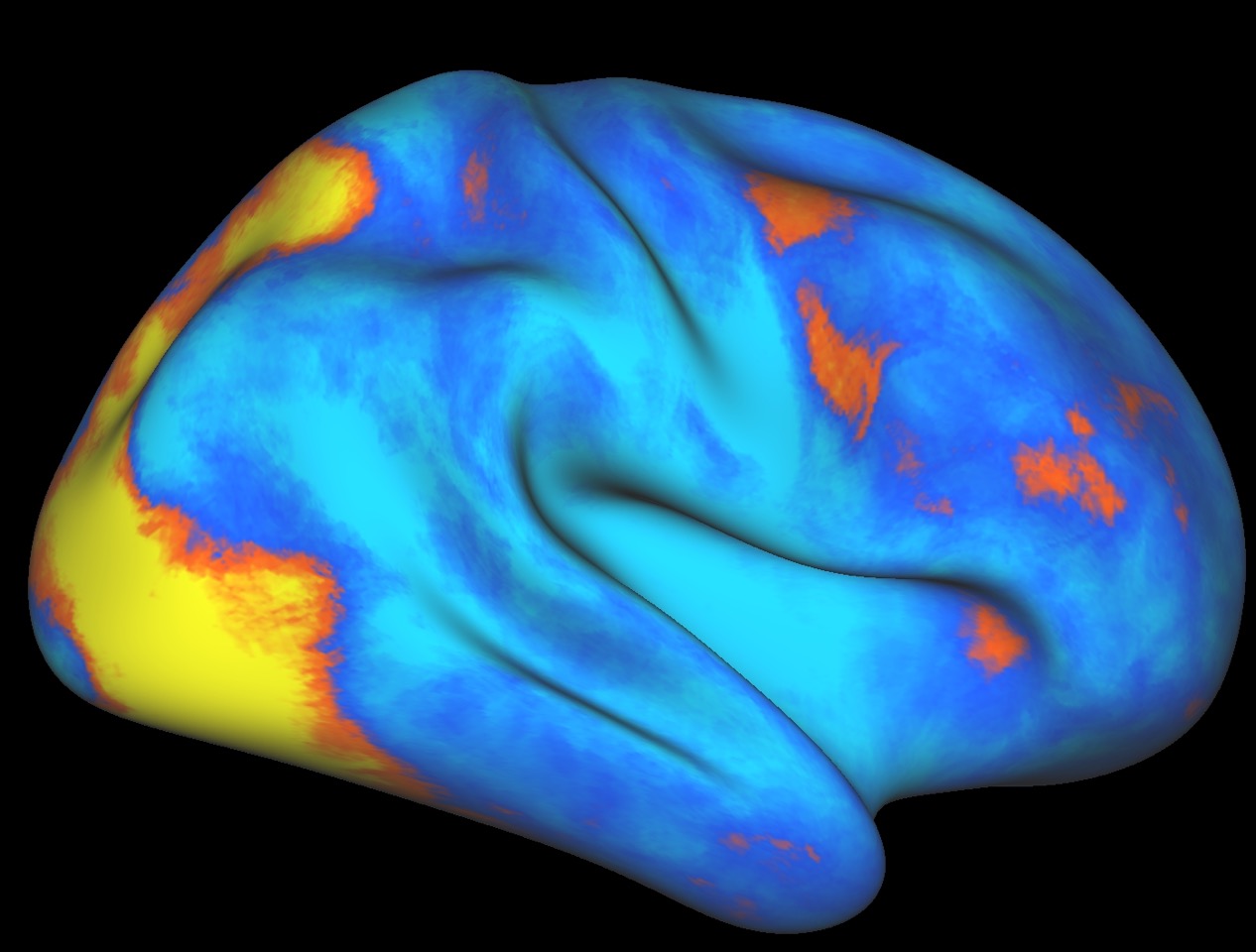A painter transforms a blank canvas into a work of art. A baby speaks her first words. A familiar scent takes a grandmother back to a 50-year-old memory. These abilities are nothing short of extraordinary. And all are controlled by a layer of gray matter in the brain that measures no bigger than the thickness of a nickel.
Called the cerebral cortex, this flexible, folded outer shell of the brain is responsible for our higher brain functions, or cognition — how we learn, remember and make decisions. The cerebral cortex also gives us the power to interpret the outside world by helping us to see, touch, taste, hear and smell. In essence, it is what makes us human.
For many scientists, understanding how the cerebral cortex works would be a breakthrough of the highest order. How, in detail, does the cerebral cortex’s "wet hardware" function?
Enter Randy Bruno, PhD. A principal investigator at Columbia’s Mortimer B. Zuckerman Mind Brain Behavior Institute, Dr. Bruno’s ambitious scientific goal is to answer that singular question. “If we can understand the roots of cognition, we can understand the roots of who we are,” he says.
If we can understand the roots of cognition, we can understand the roots of who we are.
Dr. Bruno’s work also has strong implications for medicine.
“Almost all mental disorders — including schizophrenia, depression, anxiety and many others — are essentially dysfunctions of cognition,” he says. “A deeper understanding of a healthy cortex could give doctors the tools they need to better treat this devastating class of disorders.”
In all mammals, the cerebral cortex is organized into two sets of layers. The deeper layers are evolutionarily older, with counterparts even in reptiles, whereas the upper layers appear to be newer and specific to mammals.
Even though the main role of the cortex is to interpret the outside world, it cannot sense the world directly. For that, it relies on another brain region, called the thalamus. Every sensation we experience passes through the thalamus before reaching the cortex.
“Scientists used to think that the thalamus transmitted information only to the upper layers of the cerebral cortex,” Dr. Bruno explains. “This information would then filter down through the deeper layers. So if you switched off the upper layers, the deeper layers would be cut off — and would never receive any input from the outside world.”
This theory had dominated brain science for decades. So Dr. Bruno and his team were astonished when they discovered that it simply is not true.
“My MD, PhD student Alejandro Ramirez was reconstructing how axons, the wires that link brain cells together, physically extend their branches from the thalamus and weave into the layers of the cortex.”
“That’s when we noticed something important,” Dr. Bruno recalled. “Most axon branches from the thalamus reached into the upper layers of the cortex, just like you’d expect. But every single axon had a few branches in the deeper layers. From our initial reconstruction, it looked like the thalamus was sending everything it knew about the outside world to both sets of layers.”
To investigate this further, the team injected chemical compounds that shut off the upper layers of the cortex in mice and found that the deep layers behaved exactly the same as before. Amazingly, it made no difference. The two halves of the cortex were working completely independently from each other.
These groundbreaking results, published in the prestigious journal Science in 2013, are still reverberating throughout the scientific community. Despite initial skepticism, this revised mechanism has gained traction among other experts. It was also recently confirmed by another laboratory in two other systems responsible for sight and touch. Dr. Bruno and his team are currently retooling their entire lab to study the animals’ behavior in response to shutting off one cortical layer versus another.
While these results have shed light on how the cortex receives and interprets information from the thalamus, they’ve also raised some puzzling new questions. At the top of the list, says Dr. Bruno, is why this dual brain system evolved in the first place.
Unlike mammals, he explains, reptiles and amphibians, such as turtles, lack the upper layers. But they can still perform sophisticated sensory tasks, such as navigation, problem solving and even social learning (the ability to learn through observation and direct instruction).
“Why did mammals evolve this new set of layers?” asks Dr. Bruno. “How does it raise our cognitive abilities, or our abilities to thrive and survive? Does it speak to a uniquely mammalian ability to integrate context into interpreting the outside world? And can mental disorders like schizophrenia ultimately be traced to a dysfunction in these upper layers? At this point, we can’t say for certain — but we are well on our way to figuring it out.”

